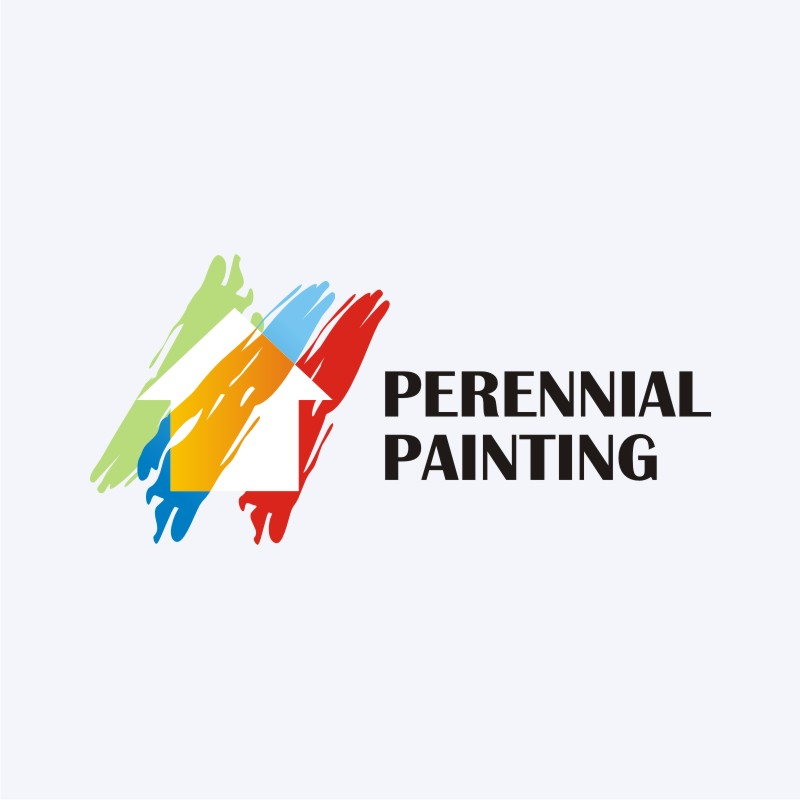Comprehensive Synopsis For Prepping Your Wall Surfaces Prior To Using Paint
Comprehensive Synopsis For Prepping Your Wall Surfaces Prior To Using Paint
Blog Article
Staff Author-Hickey Bland
When you're prepping your wall surfaces for painting, it's important to follow a methodical procedure to guarantee a remarkable coating. Beginning by checking out the wall for any kind of damages; this action can make or break your job. As soon as you have actually determined any kind of problems, cleaning up the surface correctly is important, as a filthy wall surface can impact paint attachment. Afterwards, you'll require to patch any kind of imperfections and apply a primer. However there are specific methods and tips that can elevate your preparation video game-- let's explore those additional to attain the very best results.
Assessing Wall Problem
Prior to you get your paintbrush, take a moment to assess your wall surfaces' problem. Check for any kind of visible damages like cracks, holes, or peeling off paint. These flaws can influence how the paint sticks and looks as soon as it's dry. If you observe any significant damage, you'll require to focus on repairs prior to diving into paint.
Look closely at the texture of your wall surfaces. Is the surface smooth, or is there appearance that might call for unique factor to consider? Smooth walls normally call for much less preparation, while distinctive surfaces may require even more time to repaint equally.
Also, think about the previous paint job. If the old paint is shiny, it mightn't enable new paint to stick correctly. You'll need to know if your wall surfaces have actually been repainted with oil-based or water-based paint, as this can influence your choice of guide or paint.
Lastly, bear in mind of any type of wetness issues. If source for this article see signs of water damage or mold and mildew, address these issues promptly to avoid further issues.
Cleansing the Surface area
Once you have actually evaluated the condition of your walls, the next step is cleansing the surface. Begin by collecting your supplies: a container, cozy water, a light cleaning agent, a sponge or towel, and a scrub brush for harder spots.
Begin on top edge of the wall surface and work your method down. Mix the cleaning agent with cozy water in your bucket, after that dip the sponge or fabric right into the option. Wring it bent on stay clear of extreme dampness on the wall surfaces.
As you cleanse, pay very close attention to locations that could've collected dust, grease, or fingerprints. For stubborn stains, use the scrub brush gently to prevent damaging the paint below. Wash your sponge or towel regularly in tidy water to stop spreading dirt around.
After cleaning, it's necessary to clean the walls with a damp cloth to remove any soap deposit. This action guarantees a smooth surface area for the new paint to stick to.
Permit the wall surfaces to dry totally prior to going on to the next preparation steps. This thorough cleansing process will assist develop a fresh canvas for your painting job, making sure the most effective outcomes.
Patching and Priming
Patching and priming are important action in preparing your wall surfaces for a fresh coat of paint. Initially, check your walls for any holes, cracks, or blemishes. Use a premium spackling compound or patching paste to fill up these areas.
Use the substance with a putty knife, smoothing it out so it's flush with the surrounding surface area. Allow https://www.realtor.com/advice/home-improvement/how-to-host-a-paint-party/ to completely dry completely, and then sand it gently till it's smooth and even.
When you have actually covered everything, it's time to prime. Primer aids secure the patched areas, guaranteeing the paint adheres effectively and offers a consistent surface. Choose a primer appropriate for your wall surface type and the paint you'll be using.
Use the primer making use of a roller for larger areas and a brush for corners and edges. If your covered locations are substantially big or permeable, you may want to apply a 2nd coat of guide after the initial one dries.
After priming, let everything dry completely prior to proceeding to painting. This preparation will not only improve the appearance of your walls but additionally prolong the life of your paint job.
Take your time, and you'll be pleased with the results.
Conclusion
By following these simple steps, you can achieve a smooth and professional finish on your walls. Begin by assessing their problem, after that clean and patch any kind of flaws before using guide. Bear in mind to enable appropriate drying time and make certain everything is smooth before you dive into painting. With the right preparation, you'll establish the stage for a beautiful change in your room. Now, gather your products, breathe in the fresh air, and prepare yourself to paint!
